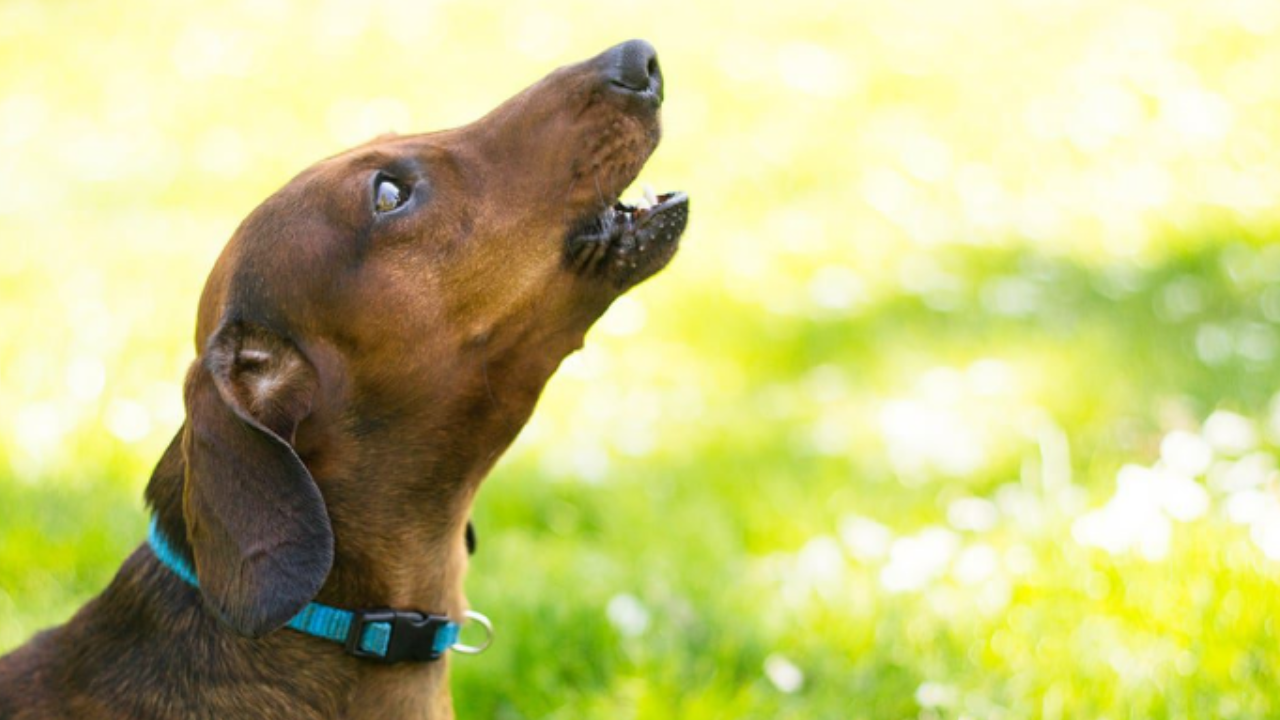Why Do People Use Weird Voices When Talking To Their Pets?

Even if we haven’t gotten a single spoken answer in thousands of years, we humans like talking to our dogs. Animals, on the other hand, don’t have to answer to let us know they’re listening. According to studies, certain animals, such as dogs, can grasp a limited amount of human language. But, aside from the words we use, there’s another peculiar aspect of talking to dogs and cats: the strange voices we employ.
People communicate with animals in a variety of ways, ranging from the absurd to the mundane (as in, just using your normal voice). However, some vocal modifications are prevalent, such as higher pitch, pitch fluctuation, and slower speaking. But what is it about animals that makes humans desire to converse in this manner? Is it true that altering our voice has any influence on our pets?
Why Do People Enjoy Talking To Dogs And Cats?
While communicating to animals may appear to be a frivolous study topic, linguists disagree. Pet-directed speech is a word used to describe talking to pets. This word refers to everything people say to a dog in general, although it isn’t wholly random.
Pet-directed speech has been discovered to be similar to another type of communication used by humans: infant-directed speech, sometimes known as baby talk or motherese. Baby talk has a slower tempo and a higher pitch than adult talk. Many different languages include baby talk, and studies have revealed a link between utilising baby talk and a child’s language learning. Slowing down and exaggerating speech makes it slightly simpler for newborns to learn the language, according to the theory.
It’s worth noting, though, that the advantages of baby talk are rather debatable. Some cultures do not employ baby talk at all, and the studies that do reveal its effects are small in scope. Nonetheless, because baby babble is so common, there may be some underlying rationale behind it.
There is one distinction between infant-directed speech and pet-directed speech: vowel articulation, which supports this notion. In everyday conversation, English speakers substitute unstressed schwa vowels for anticipated vowels. Humans that speak in baby talk hyperarticulate their vowels, which means they make all vowels very clear and utilise fewer schwas. When native speakers of a language converse with non-native speakers, hyperarticulation occurs. People, on the other hand, do not hyperarticulate vowels while speaking to animals. This might indicate that people only hyperarticulate when there’s a probability the person they’re talking to will reply. Even worse, when talking to parrots rather than dogs or cats, humans are more inclined to hyperarticulate their vowels, which might be because parrots can theoretically answer.
Do Cats And Dogs Like Pet-Directed Speech?
We’ve established that humans communicate to animals in a strange voice because we believe it will help them comprehend, but the next issue is if it truly works. Cats and dogs, like many other things, disagree.
We’ll start with dogs because they’re the most common recipients of pet-directed communication. One research collected dog-directed speech samples and played them for dogs of various ages. Because recordings differ from one-on-one conversations, there are certain limits to this study, but the findings open the way for future research. Younger dogs respond better to high-pitch pet-directed speech compared to conventional speech, according to researchers. In compared to adult-directed speech, pups become less attentive to dog-directed speech as they get older. Humans, on the other hand, continue to utilise dog-directed communication with dogs of all ages. It’s unclear why pups respond better to pet-directed speech — it might be evolutionary or learned — but there do appear to be some advantages to talking to a puppy in this manner. However, as your canines grow older, you may begin conversing with them as if they were human adults and still be OK.
Cats, on the other hand, are a different matter, as anybody who has attempted to train one can confirm. For one thing, when talking to kittens, humans do not shift their pitch as much as they do when talking to puppies. The distinction between human-directed speech and adult cat-directed communication is likewise nearly non-existent. However, a research indicated that kittens respond to kitten-directed speech somewhat more than human-directed speech.
The cat-directed speech study also discovered that kittens respond better to strangers than to their owners. This makes sense because new experiences elicit stronger reactions in both animals and humans. Most cat owners, however, are probably not surprised when cats react badly to their owners.
Although the way we communicate with our dogs is a little goofy, there appears to be some evidence to back it up. Making your voice stand out from the background noise is a smart method to grab an animal’s attention at the very least. So the next time someone looks at you because you spent half an hour saying “Who’s a nice dog?” remember this. Yes, you are! You are correct. “Ooooooh, you’re such a nice dog,” explain that you’re just trying to assist your puppy grow into the finest dog possible.





